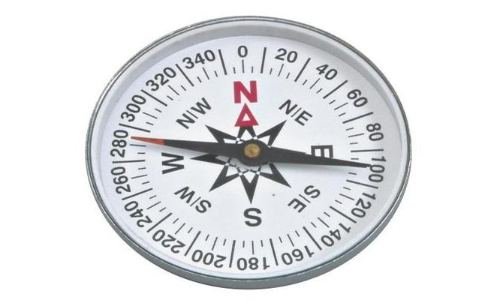Compass activities

Finding Your Way With a Compass Have you ever gotten lost in the outdoors, or had trouble finding your way with a map Do you and your children know how to use a compass to find your way In many situations, compasses are essential for finding direction
Finding Your Way With a Compass: Have you ever gotten lost in the outdoors, or had trouble finding your way with a map? Do you and your children know how to use a compass to find your way? In many situations, compasses are essential for finding direction.
Compasses measure direction in degrees, which on a compass increase clockwise; East is at 90 degrees, South at 180, West at 270, and North at 360 or 0 degrees. If you plan to use a compass frequently, we suggest you have an orienteering compass. These are accurate and easy to use, without being too expensive. Use your compass to find the bearing, or location of a direction in degrees, of a landmark (such as a large tree, a building, or mountain). If you have an orienteering compass, point the arrow on the base plate toward the landmark.
Then turn the dial of the compass until North is aligned with the red tip of the compass needle. The end of the arrow will be pointing to a number in degrees on the dial; this is the bearing for the landmark. Compass needles are magnetized, so that one end will always point to magnetic north. There’s more to ‘north’ than you might know about, though! Besides magnetic north (the magnetic north pole) there is ‘true’ or geographical north.
Maps are drawn so that any bearing taken from them is based on true north and is therefore a true bearing. But here’s where the tricky part comes in: compass needles point to magnetic north, which does not match up with true north. Because of this, if you use a map to find your bearing you will need to calculate declination.
Declination is the angle between true north and magnetic north. Whatever map you’re using should tell the declination for that area in degrees. There is an imaginary line running through true north and magnetic north, so that the declination along this line is at zero; it is called the agonic line. If you are to the west of this line, in the western United States, then the compass needle leans slightly too far east, to the magnetic north pole.














